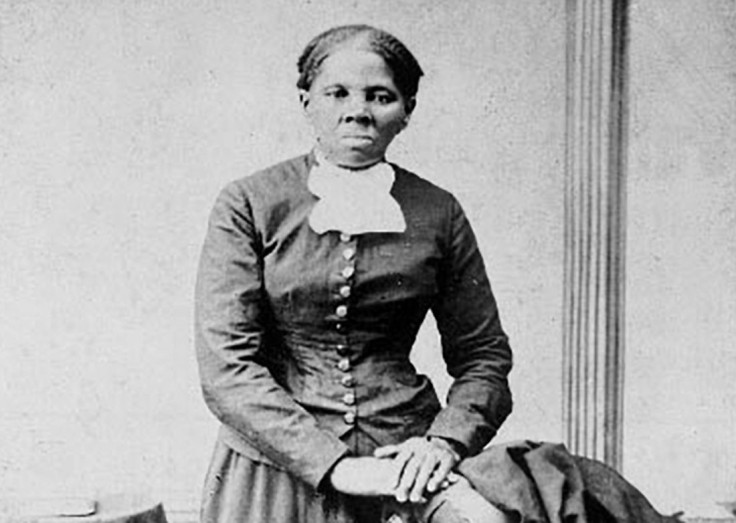Harriet Tubman Facts: 6 Weird Things To Know About Abolitionist Hero And New Face Of $20 Bill

If you haven’t already heard, abolitionist hero Harriet Tubman will be the new face of the $20 bill, replacing former President Andrew Jackson as the first woman in more than a century and the first African-American to be pictured on the front of a U.S. bank note. Tubman, who escaped slavery, is best known for risking her life to lead hundreds of other American slaves to freedom along the Underground Railroad in the 1850s.
But there’s much more to know about Tubman than her work as an anti-slavery crusader. Here are six weird and interesting facts that may surprise you about Tubman.
1. Born a slave around 1820, Tubman was originally named Araminta Ross and nicknamed Minty. She changed her name to Harriet, her mother’s name, when she married a free black man named John Tubman in 1844, according to the book “Bound for the Promised Land: Harriet Tubman: Portrait of an American Hero (Many Cultures, One World)” by Kate Clifford Larson.
2. While working on a field as a young teen, Tubman suffered a serious head injury that reportedly gave her visions. An angry slaveowner tried to throw an iron weight at another fleeing slave and hit Tubman instead. “She suffered from headaches, seizures and sleeping spells (probably symptoms of temporal lobe epilepsy) for the rest of her life,” Larson wrote. The trauma also allegedly caused visions, which Tubman attributed to guidance from God during her work on the Underground Railroad.
3. Tubman was a spy for the Union Army during the American Civil War. She also worked for the Union Army as a cook and nurse during the war, which was fought from 1861 to 1865.
4. She became the first woman to lead an armed assault in the civil war. Holding the rank of captain, Tubman guided the Combahee River Raid in 1863, which freed more than 700 slaves in South Carolina.
5. Tubman was also an advocate for women's rights. After the civil war war, she joined Elizabeth Cady Stanton and Susan B. Anthony supporting the women’s suffrage movement. When asked if she believed women should have the right to vote, Tubman once replied: “I suffered enough to believe it,” according to Catherine Clinton’s book “Harriet Tubman: The Road to Freedom.”
6. Tubman’s exact age and date of birth remains unknown. She died of pneumonia on March 10, 1913. Her death certificate lists her birth year as 1815, while her gravestone sags 1820. Tubman claimed in her pension application she was born in 1825.
© Copyright IBTimes 2024. All rights reserved.





















